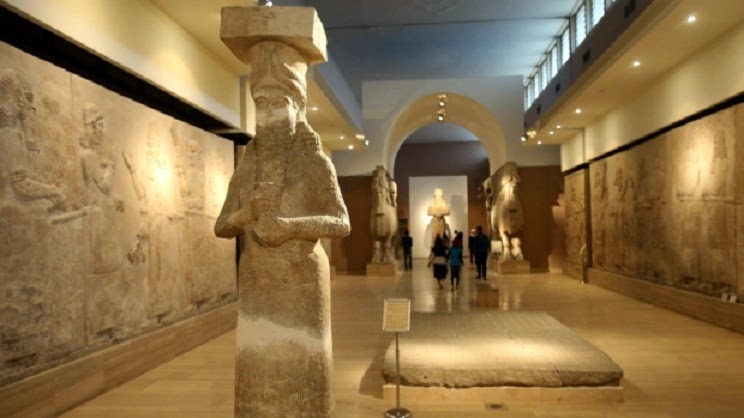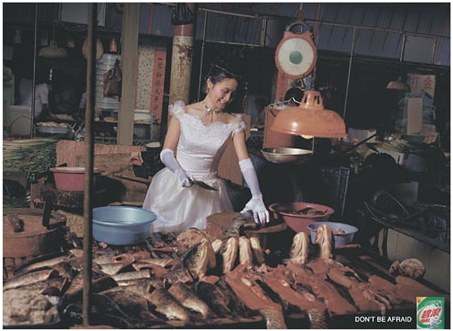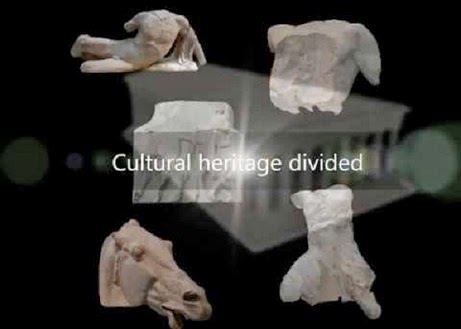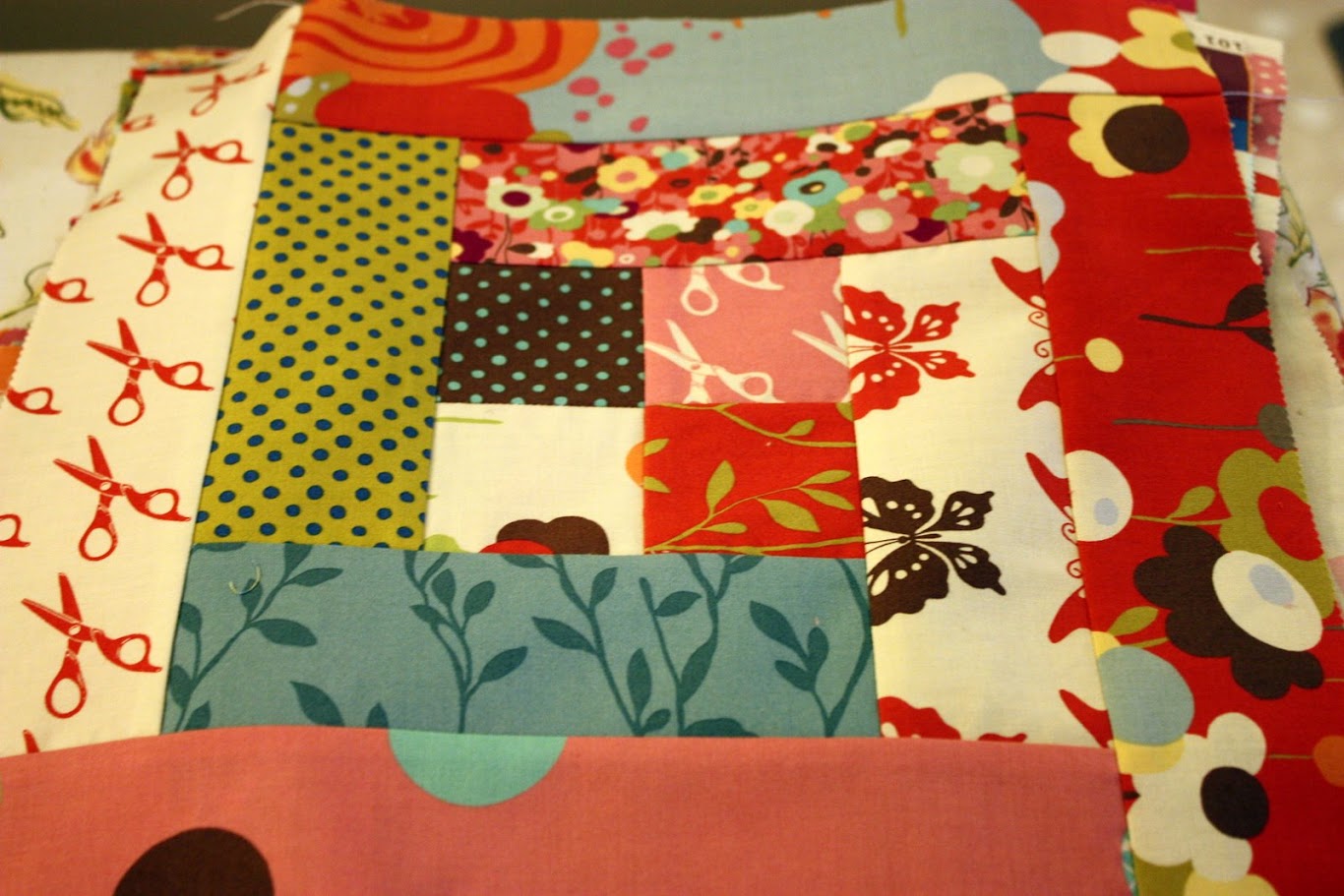Sew La Ti Embroidery [Search results for TIME]
Sewing is Taking Over My Life

RIP "Macho Man" Randy Savage

Brave Kelly Brook smiles for the cameras on her first night out since tragic baby loss
Old is the New New: Making Wood Work for Your Contemporary Pad

Sew and Tell Friday
Elf 'n' safety shuts Murray Mount: Fans might slip on the grass, warn officials

Progress
Did Elisabetta Canalis' marriage plans scare off Hollywood's most eligible bachelor George Clooney?

So when are you getting married? Chelsea pensioner, 85, makes Prince Harry blush as Harry replies ‘Not for a long time’

Iraq: Iraq says ISIS demolishes ruins to cover up looting

The Bulldogs (based on an underground comic-book)

Home builder in Sydney
I love my bed!

Heritage: Lasers reveal mysteries of Notre Dame Cathedral

Danica Patrick-Race Queen Driving in Her Last Indy 500?

Modern Monday Finish
Quilting Find!!!
Doctor Who looks like he's suffering from a case of Voldemort-itis as the time lord is 'cloned'

Once You Start You Can't Stop!!!
More Stuff: Is Greece about to lose the Parthenon Sculptures forever?








